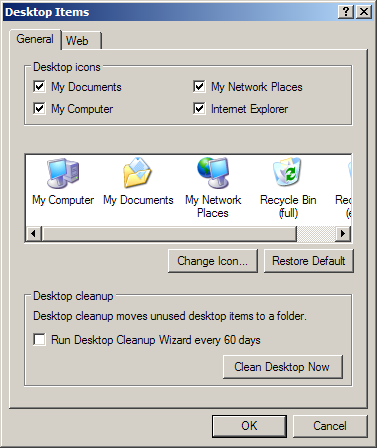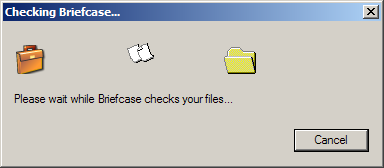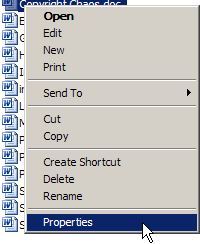 Last year I finally installed a wireless access point at home. The reason was the only one that makes sense when it comes to using wireless; I had a location that I couldn’t run a wire to. We added a kid playhouse in the back yard and I didn’t want to dig a trench all the way out there for a wire. So I picked up a wireless access point.
Last year I finally installed a wireless access point at home. The reason was the only one that makes sense when it comes to using wireless; I had a location that I couldn’t run a wire to. We added a kid playhouse in the back yard and I didn’t want to dig a trench all the way out there for a wire. So I picked up a wireless access point.
There are three attributes of wireless that I preach to my students. Wireless is…
1 – slow
2 – unreliable
3 – insecure
I use WPA to keep my neighbors out of my network. From my kitchen my laptop can “see” eight access points. WPA with a 63 character password keeps me secure. Six of my neighboring access points are wide open.
WPA won’t help speed things up. In fact, WPA will make a slow wireless connection a little slower. And there is nothing you can do about the reliability. Wireless networks just don’t work some times. The closer you are to the access point, the better, but you can count on your wireless not working once in a while. It is the nature of wireless. Reboot your access point, move your computer closer to the access point… hold your mouth just right. You will get connected again.
I have upgraded my home switch to gigabit. That’s 1000 megabit. My wireless is 54 megabit. 1000 miles an hour is A LOT FASTER than 54 miles an hour. It may seem like a nuisance to run wires, but if it is at all possible, run wire. Wired networks rarely fail to work, they are fast and secure (as long as you have a firewall between you and the Internet).
Wireless can be convenient. Wired wins all other categories.
TSPY=5.63



 Any time you need to know more information about a file, you can check the “properties” of the file. A right-click of the file followed by selecting Properties from the list will open information about the file size, create date, security settings and more.
Any time you need to know more information about a file, you can check the “properties” of the file. A right-click of the file followed by selecting Properties from the list will open information about the file size, create date, security settings and more. It is important to keep your computer’s operating up to date. Go to the Control Panel and double-click the Automatic Updates icon. There are several options to select from.
It is important to keep your computer’s operating up to date. Go to the Control Panel and double-click the Automatic Updates icon. There are several options to select from.